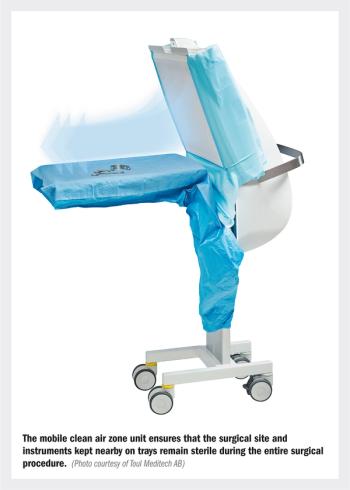
Letters to the Editor may be submitted to [email protected]. Letters may be edited for clarity and length.

Letters to the Editor may be submitted to [email protected]. Letters may be edited for clarity and length.
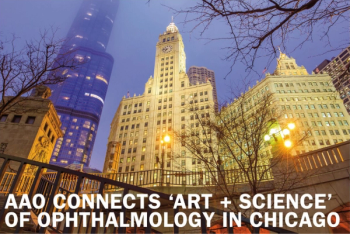
Joint event to feature plenty of symposia, practice management programs, product innovations

Whether we like it or not, artificial intelligence has arrived

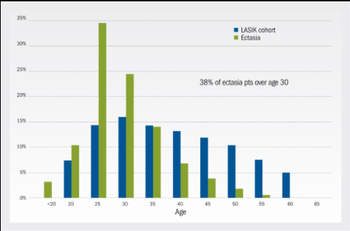


Optical coherence tomography angiography is finding new uses in glaucoma, as it can depict loss of blood vessels around the optic nerve and distinguish vascular layers.

A study of patients undergoing corneal crosslinking (CXL) for keratoconus suggests gene expression and tear inflammatory profile may be used as biomarkers to predict CXL outcomes.
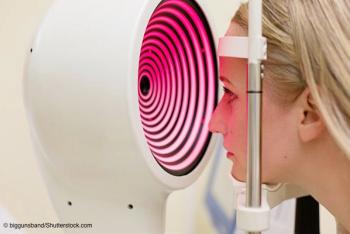
In a study including data from 67 eyes, the majority of keratoconus indices measured by two commercially available Scheimpflug devices did not effectively differentiate normal high astigmatism from subclinical keratoconus.
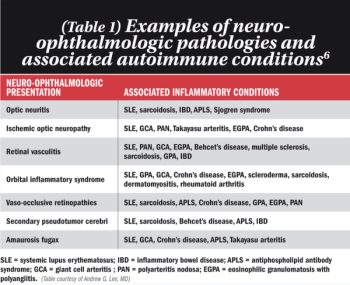
Treatment should focus on the underlying etiology behind these processes
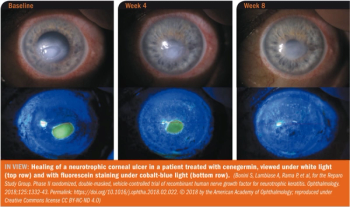
Topical cenegermin has been approved by the FDA for the treatment of moderate-to-severe neurotrophic keratitis (NK), ushering in a breakthrough of management.

“The only difference between death and taxes is that death doesn’t get worse every time Congress meets.” - Will Rogers

Read the latest Optic Relief from OT cartoonist Jon Carter.





Visual screenings and communication are the most important components when it comes to pediatric ophthalmology, says Dr. Silverstein.




